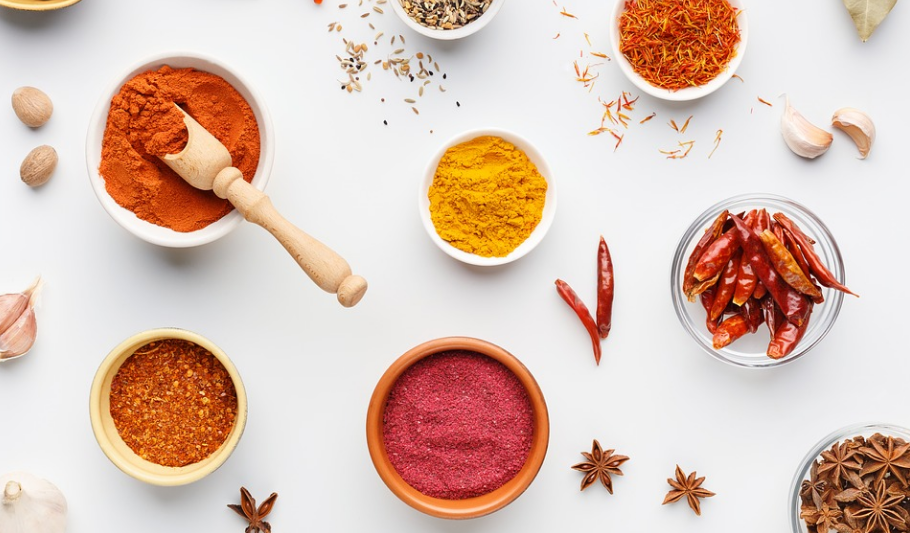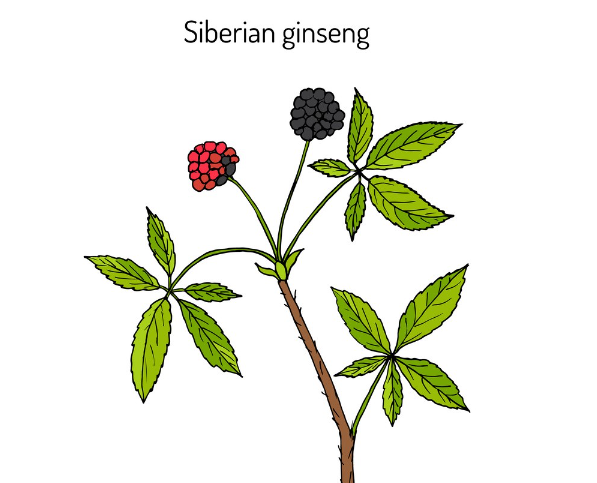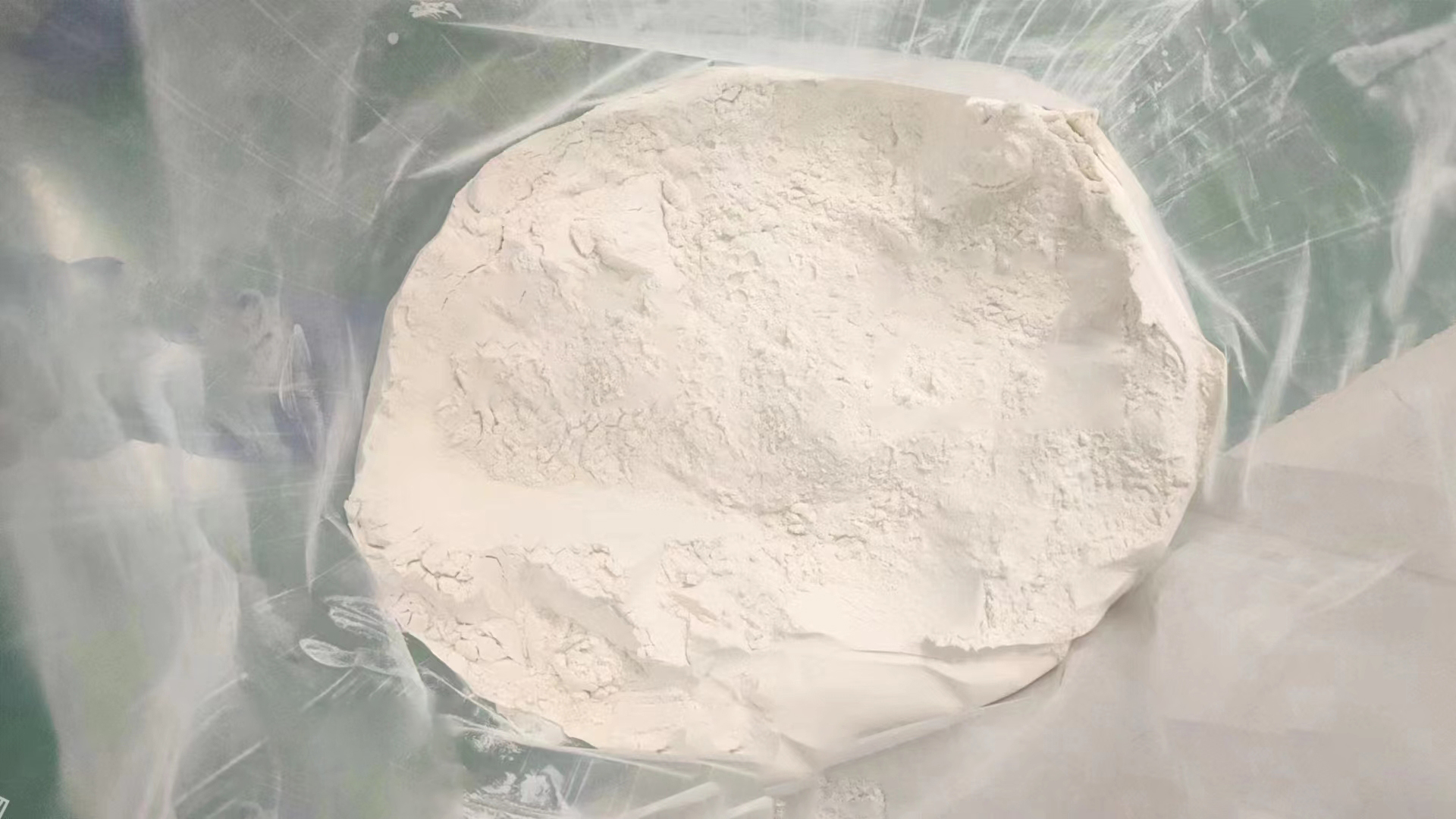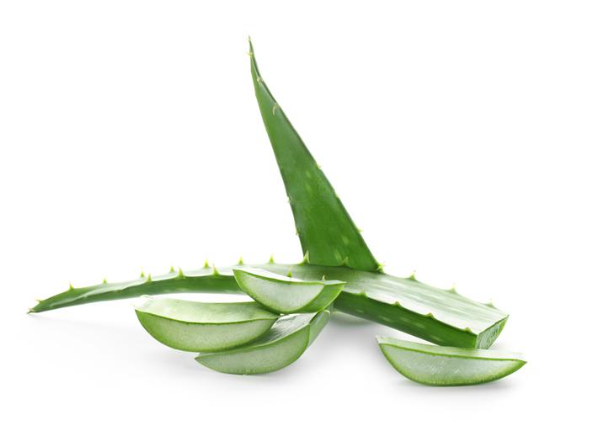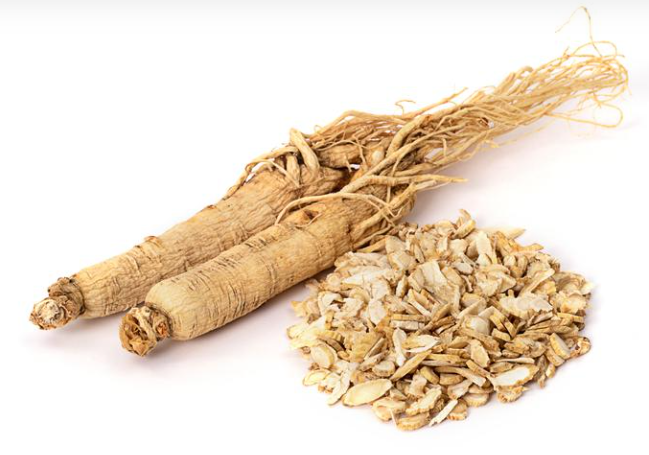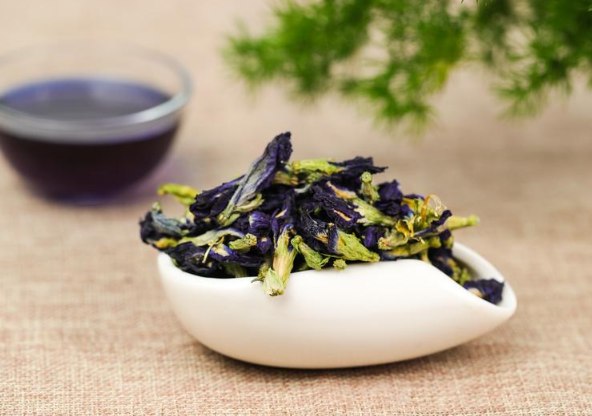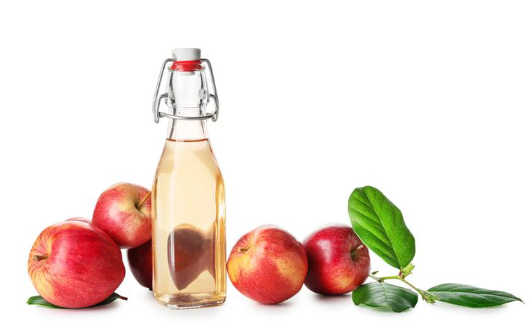Resveratrol belongs to stilbene-type polyphenolic compounds and widely exists in plants. Foods include peanuts, grapes, and pineapples, and Chinese herbal medicines include veratrum and knotweed. Resveratrol can be extracted from grape peel and knotweed root, and can also be chemically synthesized.
Resveratrol is a colorless needle-like crystal with a melting point of 256-257°C. It is easily soluble in ethanol, methanol, chloroform, acetone, etc., but insoluble in water. It is unstable under alkaline conditions (pH>10), and it will change into pink or red. It has the maximum ultraviolet absorption and fluorescence at 366nm. Solubility: 0.03g/L (water), 50g/L (ethanol). The CAS number of resveratrol is 501-36-0.
Resveratrol has inhibitory effects on Staphylococcus aureus, Escherichia coli, Pseudomonas aeruginosa, etc., and the MIC on Staphylococcus aureus is 0.512mg/mL. The MIC90 for Trichophyton rubrum, Trichophyton gypsum and Epidermophyton flocculus were 0.322g/L, 0.064g/L and 0.128g/L, respectively.
Resveratrol can be used as cosmetic antioxidant, antibacterial agent, skin whitening agent, sunscreen agent and anti-aging anti-aging agent. From the inhibition of lipoxygenase-1 activity and the inhibition of nuclear factor NF-κB cell activity, it shows that resveratrol can improve the function of skin immune cells and has anti-inflammatory effect.




